Emotional intelligence isn’t just a “nice-to-have” trait—it’s a lifelong skill that deeply shapes how we relate, recover, and grow. From early childhood through adulthood, our ability to tune into feelings—our own and others’—impacts everything from how we handle conflict to how we connect with loved ones.
In this article, we’ll explore what emotional intelligence actually is, how it shows up in everyday life, and how anyone—child or adult—can start strengthening it today.

What is Emotional Intelligence?
Emotional intelligence, often shortened to EQ, is the ability to recognize, understand, and manage emotions. It’s not just about “being in touch with your feelings.” It’s about noticing what you’re feeling, knowing why, and responding in thoughtful ways—rather than reacting on autopilot.
Psychologist Daniel Goleman popularized the idea of EQ in the 1990s, outlining five key components:
- Self-awareness: Recognizing what you’re feeling and why.
- Self-regulation: Managing emotions without suppressing or exploding.
- Motivation: Using emotional energy to drive goals and persevere.
- Empathy: Understanding what others feel and where they’re coming from.
- Social skills: Communicating clearly and building healthy relationships.
When these abilities grow stronger, so does our capacity for resilience, collaboration, and connection across every area of life.
How Emotional Intelligence Develops in Childhood
Emotional intelligence doesn’t appear overnight—it’s learned. Every emotional challenge is a learning opportunity, from toddler tantrums to teenage mood swings. Kids develop EQ by watching how adults handle emotions and by experimenting with their own emotional responses through play and social interaction.
Here are a few simple (but powerful) ways EQ grows in childhood:
- Modeling healthy expression: When adults talk about their feelings and work through challenges calmly, kids pick up on those patterns.
- Conversations about emotions: Talking about feelings gives kids a vocabulary to make sense of their internal world.
- Creative play: Through pretend scenarios and art, children explore emotions in low-stakes ways, which builds empathy and emotional flexibility.
Daily routines like bedtime stories, post-conflict reflections, or watching movies that show emotional nuance all help children become more emotionally aware. Over time, simple practices like family check-ins or naming “today’s biggest feeling” can make emotional intelligence second nature.
Interested in learning more about parenting for creativity & emotional intelligence?
An MBER online course is now available via Udemy! Sign up below:

Emotional Intelligence & Creativity in Parenting:
How to Balance Emotional Intelligence, Creative Thinking, & Resilience to Fuel Children’s Development & Confidence
The Science Behind Emotional Intelligence
Emotions aren’t just abstract experiences—they’re wired into our brains. Neuroscience shows that feelings, thoughts, and behaviors all travel along neural pathways that grow stronger with repetition.
Here’s what we know from brain scans and behavioral research (sources can found at the end of the article):
- Self-awareness is linked to activity in the prefrontal cortex, which helps with decision-making and impulse control.
- Empathy lights up the brain’s mirror neuron system, which lets us pick up on and “feel with” others.
- Practice rewires the brain: The more you pause, reflect, and respond mindfully, the more efficient those emotional pathways become.
Thanks to neuroplasticity, we know that it’s never too late to strengthen these circuits. Practices like journaling, meditation, or simply having open conversations can enhance emotional intelligence over time. And I’ve seen this countless times in person with friends, students, and family!
Everyday Habits to Step Up Emotional Intelligence
Building emotional intelligence doesn’t require a big life overhaul. These small, practical habits can fit into busy schedules and still make a big difference:
- Use specific emotional vocabulary: Replace vague words like “fine” or “bad” with more precise ones—“anxious,” “relieved,” “curious,” or “disappointed.”
- Check in with yourself daily: Pause in the morning or after a tense moment to ask, “What am I feeling right now, and why?”
- Reflect on emotional triggers: When something hits a nerve, ask yourself where it’s coming from—often it’s deeper than the moment itself.
Integrating these moments into your routine—like during the drive home or while brushing your teeth—can help emotional awareness become a daily norm. For families, activities like journaling before bed or choosing a “feeling of the day” are great ways to foster connection and understanding.

Common Roadblocks (and How to Move Past Them)
Let’s be real: developing EQ isn’t always easy. There are common barriers people face, and recognizing them is the first step toward change:
- Stuck in old patterns: Saying “this is just how I’ve always reacted” keeps emotional growth stuck.
- Family history: If you grew up in a household where emotions were dismissed or discouraged, talking about feelings might feel unnatural at first.
- Social pressure: Cultural messages—especially for boys and teens—often frame emotional expression as weakness.
Here’s how to challenge those blocks:
- To shift habits: Start with a five-second pause and a deep breath. Name what you’re feeling—without judgment—and permit yourself to feel it.
- To break family scripts: Be the one to start a new legacy. Share your intentions to be more emotionally open. Even one honest conversation can begin to rewrite old norms.
- To overcome stigma: Expression doesn’t have to mean talking. Journaling, drawing, music, or physical activity can all be powerful emotional outlets.
Breaking Old Habits
Making changes takes intention. If you catch yourself holding back emotions or judging what you feel, try this:
- Pause for five seconds and breathe deeply.
- Name one feeling—even if it’s “confused” or “frustrated.”
- Tell yourself it’s okay to feel that way, even if you’d rather not.
The more you allow room for tough feelings (without shame), the less power those old habits have over you.
Book recommendation: “Amotic Habits: An Easy & Proven Way to Build Good Habits & Break Bad Ones” by James Clear
Getting Past Family Scripts
It’s normal for family patterns to stick around for a long time. Being the person to start a new way takes guts, but it’s worth it. Sharing your goals with others, like wanting to be better at listening or talking about difficult emotions, can get the whole crew on board. Even if it feels awkward, honest conversations about wanting a more open home can help break the ice and slowly erase long-held taboos around emotions.
Pushing Through Social Stigma
Opening up about feelings looks different for everyone. If talking isn’t your thing, journaling or creative outlets like music, art, or movement can be just as useful for working through what’s inside. Sometimes it helps to start small: sharing with a trusted friend, or even expressing feelings through physical activities or creative hobbies.

Fun and Meaningful Ways to Practice Emotional Intelligence (EQ)
EQ can grow through simple, engaging activities. Try these with kids, friends, or just for yourself:
- “Rose, bud, thorn” check-ins: Share a highlight, a challenge, and something you’re looking forward to. Great for dinner tables or bedtime.
- Check out the phone app on rosejournal.me!
- Or buy a physical journal like this one online.
- Emotion charades: Act out emotions without words—fun, silly, and builds empathy fast.
- Wins and losses journaling: Help track progress and patterns in how emotions are handled over time.
- Mindful moments: Use breathing apps or guided meditations to build awareness and calm.
These tiny rituals may seem simple, but practiced regularly, they build a strong internal foundation for navigating life’s emotional ups and downs.
Why It All Matters
High emotional intelligence isn’t just about feeling better—it leads to living better. Research consistently shows that people with stronger EQ:
- Form deeper, longer-lasting relationships
- Cope with stress more effectively
- Communicate more clearly
- Show greater resilience in difficult times
- Experience fewer emotional outbursts or conflicts
And it’s not just personal—higher EQ is linked to better academic performance, stronger leadership, and more collaborative workplaces.
Whether you’re raising kids, navigating a tough season, or simply want to feel more connected and grounded, emotional intelligence is a game-changer. And the best part? You can start building it right now—one breath, one conversation, one feeling at a time.
A good book to consider is:
Daniel Goleman’s book about Emotional Intelligence & Why It Can Matter More Than IQ.
Real-World Examples of Emotional Intelligence
I’ve seen emotional intelligence show up in some eye-catching ways across many settings:
- Schools: Teachers who use “feeling circles” and talk openly about emotions report calmer classrooms and fewer outbursts. Students start to help each other solve problems instead of arguing.
- Offices: Teams led by emotionally intune managers have lower turnover. Problems get worked out faster, and coworkers generally feel heard, not dismissed.
- Families: Homes where people regularly ask, “How did that make you feel?” notice fewer miscommunication issues and more teamwork is felt (like help with homework or planning chores).
- Friendships: Friends with high empathy tend to spot when someone is down, and step in with support. This deepens trust and keeps connections strong, even after disagreements.
In all these cases, a little more emotional smarts led to better problem-solving, connection, and overall mood. For instance, schools with EQ programs have noted drops in bullying and increases in positive group activities. Offices see higher engagement and a “people-first” culture. At home, siblings learn to listen instead of fighting, and friendships become more supportive and lasting.
Simple Tips for Parents and Caregivers
Nurturing EQ in kids isn’t about being a perfect parent or always knowing what to say. I’ve learned these tips from working with families and friends, and they really help day to day:
- Normalize every feeling:
- Instead of “don’t be sad,” say “It’s okay to feel sad sometimes. Want to talk about why?”
- Be a mirror:
- Reflect what you see, like “You look frustrated, did something happen at school?” This shows kids you’re tuned in and helps build their own vocabulary.
- Model emotional repair:
- If you lose your temper, own it. Apologize and show how you calm down. Kids learn way more from what you do than what you say.
- Offer choices:
- Let kids express how they want to manage a feeling. Do they want a hug, some time alone, or help figuring out next steps?
These little swaps show kids (and teens) that what they feel matters, and that feelings don’t need to be scary or embarrassing. Sharing your own feelings, even as an adult, creates a safe zone. Over time, children become more comfortable sharing both wins and worries, making for stronger connections and fewer meltdowns when the tough stuff hits.
Don’t forget, you can also join me for a journey into the connection of creativity and emotional intelligence through MBER’s online course available now.
Unlock your creative child’s full potential by learning how emotional balance directly fuels creativity through strengthening emotional intelligence – enroll today to download the full PDF (featured above).
INCLUDES:
- Full course available as a downloadable audiobook (MP3) & eBook (PDF)
- 10 downloadable PDFs, including full course text, charts, research, inspirational quotes & more
- 4 quizzes to test your comprehension of the material
- Multiple activities to encourage interaction with the course (including a drawing challenge)
FAQ’s: Frequently Asked Questions About Emotional Intelligence
If you’re new to the whole EQ thing (or want to help someone else get started), these questions come up all the time:
QUESTION: Can you really “teach” emotional intelligence?
Answer: Absolutely. While some people may seem more in tune, everyone can learn and practice these skills. It’s a mix of guidance, modeling, and honest self-reflection.
QUESTION: Is being emotionally intelligent the same as being sensitive?
Answer: Not exactly. Sensitivity is about feeling things strongly, but EQ is about recognizing, naming, and handling those strong feelings (plus picking up on others’ emotions, too). Don’t mistake “being sensitive” with “overreacting.”
QUESTION: What if emotional intelligence just isn’t my style?
Answer: That’s fair! Building EQ isn’t about changing your personality; it’s about having more tools for whatever comes your way, whether you love talking about feelings or not. Even a few new habits can make a difference.
QUESTION: How do I help my child who “bottles it up”?
Answer: Patience helps here. Offer low-pressure chances to share (like walking or building something together), or encourage them to draw or write out how they’re feeling. Celebrate any steps they take toward opening up, even if they are small.
Resources and Tools to Grow Emotional Intelligence
If you’re looking to get started, there are loads of free and paid resources worth tracking down. Some favorites:
- Apps like MoodMeter or Smiling Mind: These offer daily check-ins and guided activities for building awareness and calmness.
- Books for all ages: “The WholeBrain Child” by Daniel Siegel is great for parents, while “My Many Colored Days” by Dr. Seuss makes for a gentle intro for kids.
- Pocket-sized emotion charts: There are printable ones online or ones you can buy that help adults and kids name feelings throughout the day.
- Online workshops: Look for ones focused on self-compassion, communication skills, or conflict resolution. These are packed with hands-on ideas.
A great example of something you can have hanging on the wall for a reminder or reference chart is a “wheel of emotions” chart. The one featured above is only $17.99 on Amazon.
Another great example of having a reference chart of emotions is the one above. It’s probably one of the more accurate ones I’ve found so far, too – and it looks very neat! It’s also available on Amazon for only $19.99.
Exploring just one or two of these options can add a lot to any wellness or parenting toolkit. Many community centers, libraries, or school districts offer workshops or group discussions on social and emotional learning if you’d rather start off in person.
Building a Foundation for Lifelong Emotional Intelligence
Emotional intelligence is like a muscle: it gets more resilient the more you use it. By practicing self-reflection, talking about feelings honestly, and reaching out with empathy, you lay the groundwork for healthier communication, closer relationships, and more satisfying personal growth.
If you’re ready to foster more EQ in your world, start with small daily shifts, such as checking in with yourself or modeling the behavior you want to see. Every bit of effort makes a difference, both for you and everyone around you. Remember, there’s no finish line. EQ is a lifelong adventure, and every day offers a new chance to practice.
Thanks so much for reading!
Please consider signing up for MBER’s newsletter to stay up to date with more materials, publications, articles, courses, and more!

SOURCES & MORE READING:
https://www.smarterparenting.com/fostering-emotional-intelligence-in-children-a-guide-for-parents
https://activity-box.com/learning-hub/creativity-and-emotional-intelligence
https://link.springer.com/article/10.1007/s00221-024-06809-8



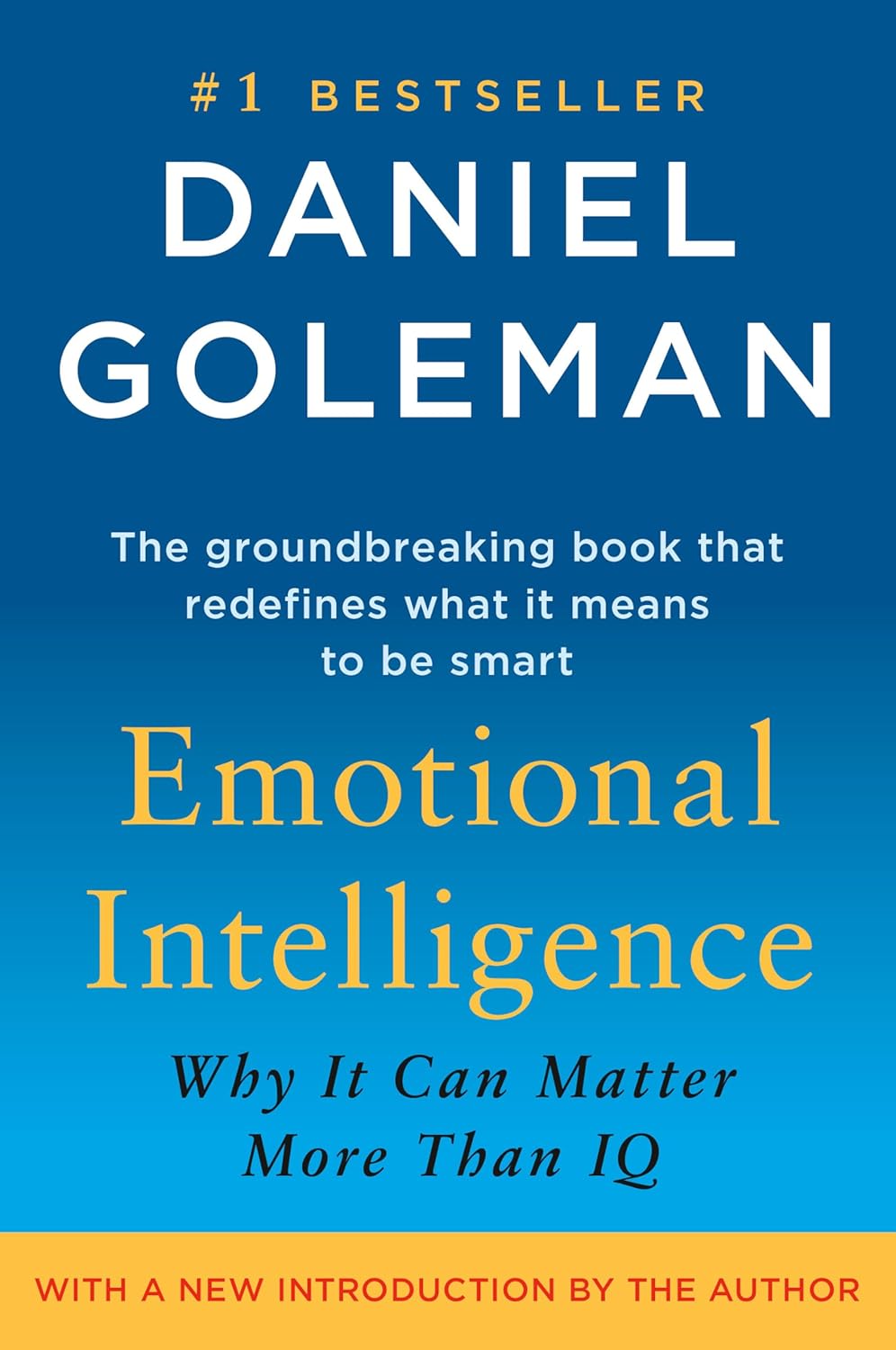

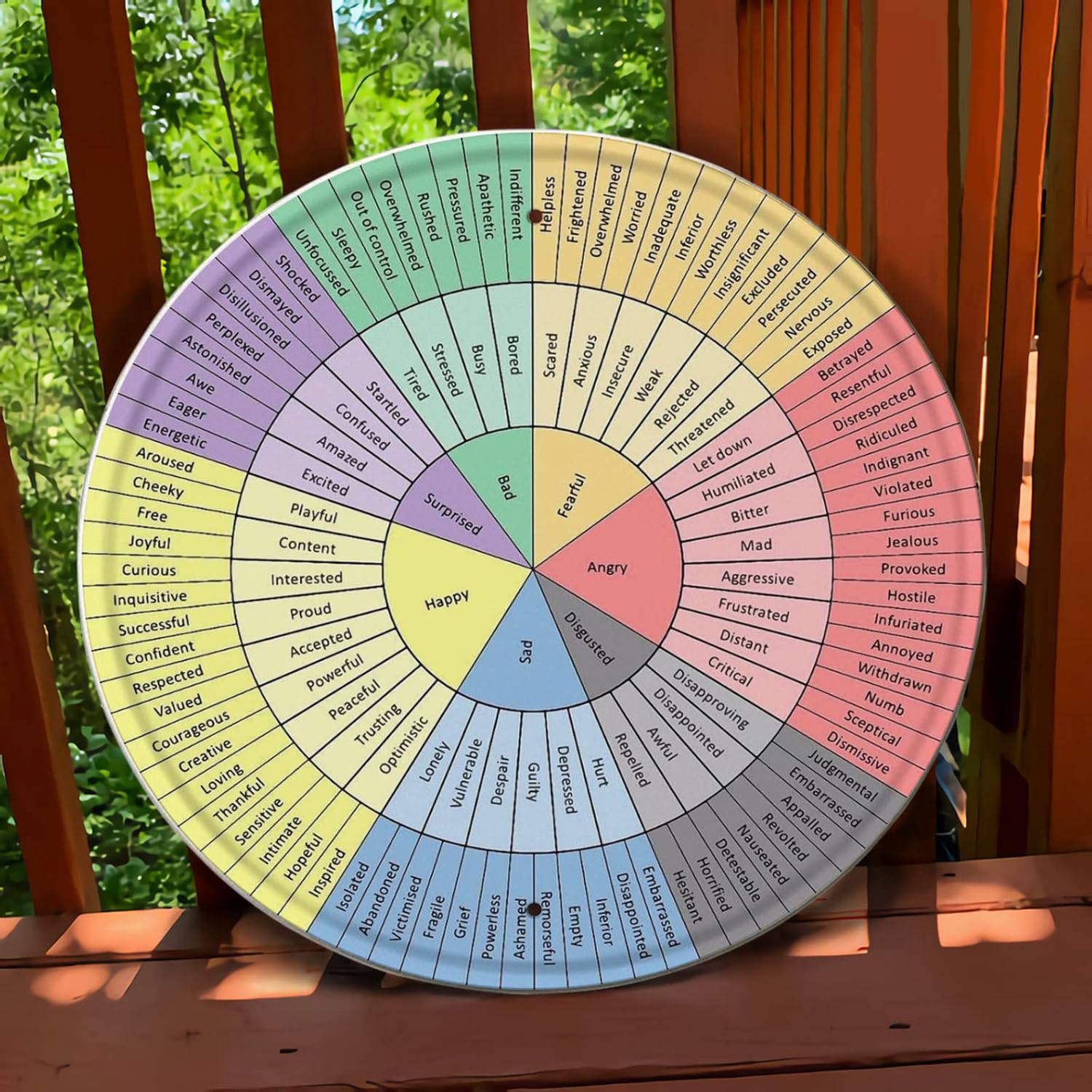

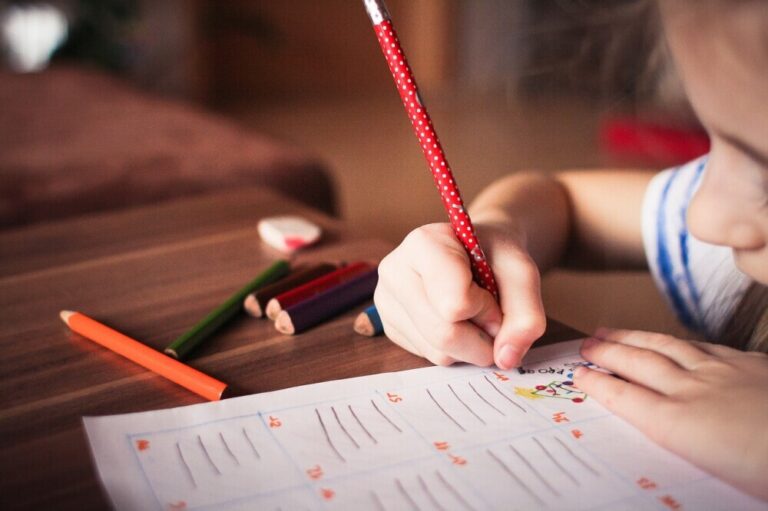

Emotional intelligence really feels like a cornerstone of how we relate to others, yet it’s often undervalued compared to things like technical skills or IQ. What stands out most to me is how crucial self-regulation and empathy are in preventing conflict and building trust, especially in group dynamics. Do you think emotional intelligence is something that can plateau, or is it more like a muscle that continues to grow with use and intention? I also wonder how cultural differences shape emotional expression. Could emotional intelligence look different across societies, and if so, how do we account for that in diverse environments?
Very, very good comment and questions. It’s a very good conversation to have and one that, unfortunately, I don’t think comes with perfect answers. I do think emotional expression & the understanding of emotional cues differs depending on cultures and ways of being raised. And yes! Comparing emotional intelligence to a muscle is a perfect way to think about it – it grows with use and practice. Though, in my experience, just like a muscle, if you don’t work on it for a while, there is a “tension” that can arise. I think communication is always the answer when approaching diverse environments – asking questions and reporting a worry about misunderstandings, etc. Great questions! I hope this helps give some food for thought.
You know what I found to be true for me? When I am feeling emotions, whether good or bad, I take time to reflect. I know that if I feel angry or upset at something, I take a break and consider that maybe I am just not processing it right and that I am the one that is making a situation worse if that makes sense. Is this part of emotional intelligence?
Yes! Emotional intelligence is awareness of both our mood and the thoughts we’re having about our mood. So it takes quite a bit of understanding to get to where you are! Taking time to reflect is a major milestone for some people in their journey of developing emotional intelligence.
This was a great introduction to a topic that’s becoming more and more essential—not just in leadership or the workplace, but in everyday life. Emotional intelligence has had a big impact on how I approach both personal and professional relationships.
One thing I’ve noticed in my own journey is how much self-awareness can shift the way we respond to conflict. When I started actively reflecting on my emotional triggers, it became easier to pause and respond instead of reacting impulsively.
Do you think emotional intelligence is more of a skill that people can develop over time, or does it come more naturally to some than others? And are there specific exercises or habits you’d recommend for strengthening it daily?
In my opinion, building EQ should be just as important as technical skills—if not more. It’s the foundation for empathy, connection, and effective communication. Thanks for shedding light on such an important topic!
Great questions – I love to compare an innate sense of balance with emotional intelligence. For ex., if someone can balance on a skateboard very easily the first time, it might mean they had a good “sense of balance” to begin with. Those who can’t so easily balance CAN practice and improve, though, yes, for some, it may take a bit more time. Though I believe emotions are inherent to the human condition, so everyone should be able to improve over time with the right approach to “practice.” Building EQ is definitely one of the most important things we can improve upon as the world becomes more and more overpopulated, with competition increasing, and the necessity of social skills becoming more essential by the day!
Thank you for this insightful and beautifully written introduction to emotional intelligence.
As a mom and former healthcare professional, I’ve come to realize how vital EQ is—not just for personal well-being but also for nurturing emotionally resilient children. Your explanation of how emotional intelligence develops in childhood, especially through modeling and creative play, really resonated with me.
I’m curious, have you come across any strategies for helping children recognize and articulate their emotions during challenging times, like tantrums or moments of frustration? Also, how can parents balance guiding their children’s emotional growth while allowing them the space to experience and learn from their own emotional journeys?
Thank you again for shedding light on this important topic.
My absolute pleasure! I appreciate your kind, engaging response to the material. It’s difficult when EQ is not as easily measured, but emotional health is definitely part of healthcare! The question you’re asking about is leaning more toward discipline, but you can approach challenging situations in a few different ways (though, I’d speak or read material from disciplining professionals like this book: No-Drama Discipline).
At a certain age, children might need help understanding which emotional reactions to strengthen or validate. Tantrums are a fine example of little to work with in the moment, like a storm just needing to pass. Feeding into it can prolong the reaction, so I would recommend approaching high-intensity moments like this as neutrally as possible to help alleviate their need to react more. Approaching their emotions with the bigger context that it is not a permanent condition (in most cases), can help provide more patience as the mentor. Hopefully, this helps give food for thought! Thank you for reading and for your kind response.
Loved this article on emotional intelligence. I sometimes battle with the communication side of things, as I mean to say one thing and something else comes out. This is one area I wish I could improve on, so that people can understand where I am coming from without hurting feelings.
It is interesting how childhood development affects that way that this skill is developed over time, and talking about feelings isn’t always easy, but should be encouraged.
How do you get boys to talk to you about feelings, especially when teenagers. I find many of them very closed off, and they only tend to give short yes and no answers.
Sometimes hurt feelings are unavoidable, since we cannot always control how the receiving end handles their emotional reactions, but the better we can communicate with honesty and transparency, the better! And it is a whole ‘nother world to dive into the childhood development side of emotional intelligence. I think we can all attest to that, but consider MBER’s new course for parenting for creativity & emotional intelligence for more information.
Boys can be difficult because there’s a societal stigma associated with “feelings” and the need to share (even though it’s needed and natural to share feelings/emotions). What we can do is attempt reframing how it’s perceived – this can be done in many ways but teaching by example might be the most solid approach that I’ve seen in my own teaching experience. Great question though! Thanks for reading.
I really enjoyed this introduction to emotional intelligence. It’s an important skill, yet so often overlooked in both personal and professional life. I especially appreciated the focus on self-awareness and regulation — these are foundational, and building them can truly change the way we handle challenges and relationships. The practical tips and meaningful ways to practice and develop emotional intelligence also points to some good resources.
This reminded me of how much our childhood experiences influence our emotional habits, and how learning emotional intelligence can be a powerful way to reframe and overcome negative patterns. The best part? It’s never too late to improve. Growth in this area can happen at any stage of life.
Thanks for sharing such a valuable resource — definitely one I’ll return to and share with others.
Hi Mark, it’s good to hear from you again! Thank you for your kind words, and I’m so glad you liked the article so much. Emotional intelligence isn’t always taught to us as children, so you’re very correct in your thoughts. And the good news really is that you can always improve and continue practicing these skills – I’ve not found a limit to EQ that I can tell. I appreciate the thought in sharing the article! I’m grateful for your kindness.
It’s interesting how powerful and impactful Emotional Intelligence is for individuals in their lives, but how many people really take the time to reflect on themselves and how they react to others? I think it’s very important because, for me, I have met people who do not have Emotional Intelligence, and dealing with such individuals can be difficult. What I have learned, however, is to ask questions and get to know the individual personally to find ways to help them open up, and I can speak to them about specific things. I think this is something that parents must really implement at home to raise emotionally stable children.
Agreed – helping others open up can be very generous, as it requires patience. Just be careful not to have it feel like a responsibility to help others! Merely a kindness (if they happen to react positively). Emotional intelligence is by far one of the more important things we as social beings can have and improve upon. So I appreciate your reply ot this post and am happy you found it interesting